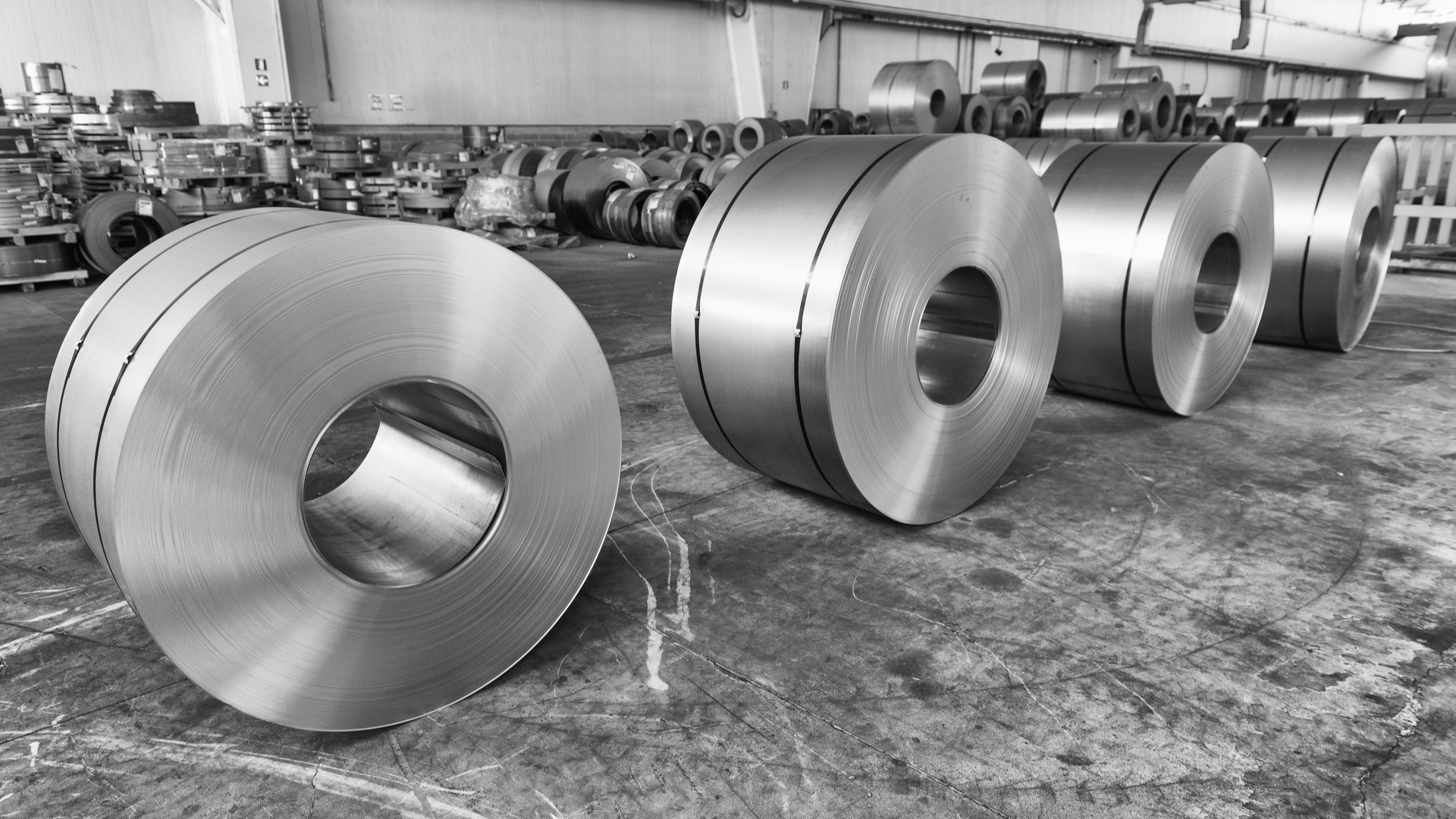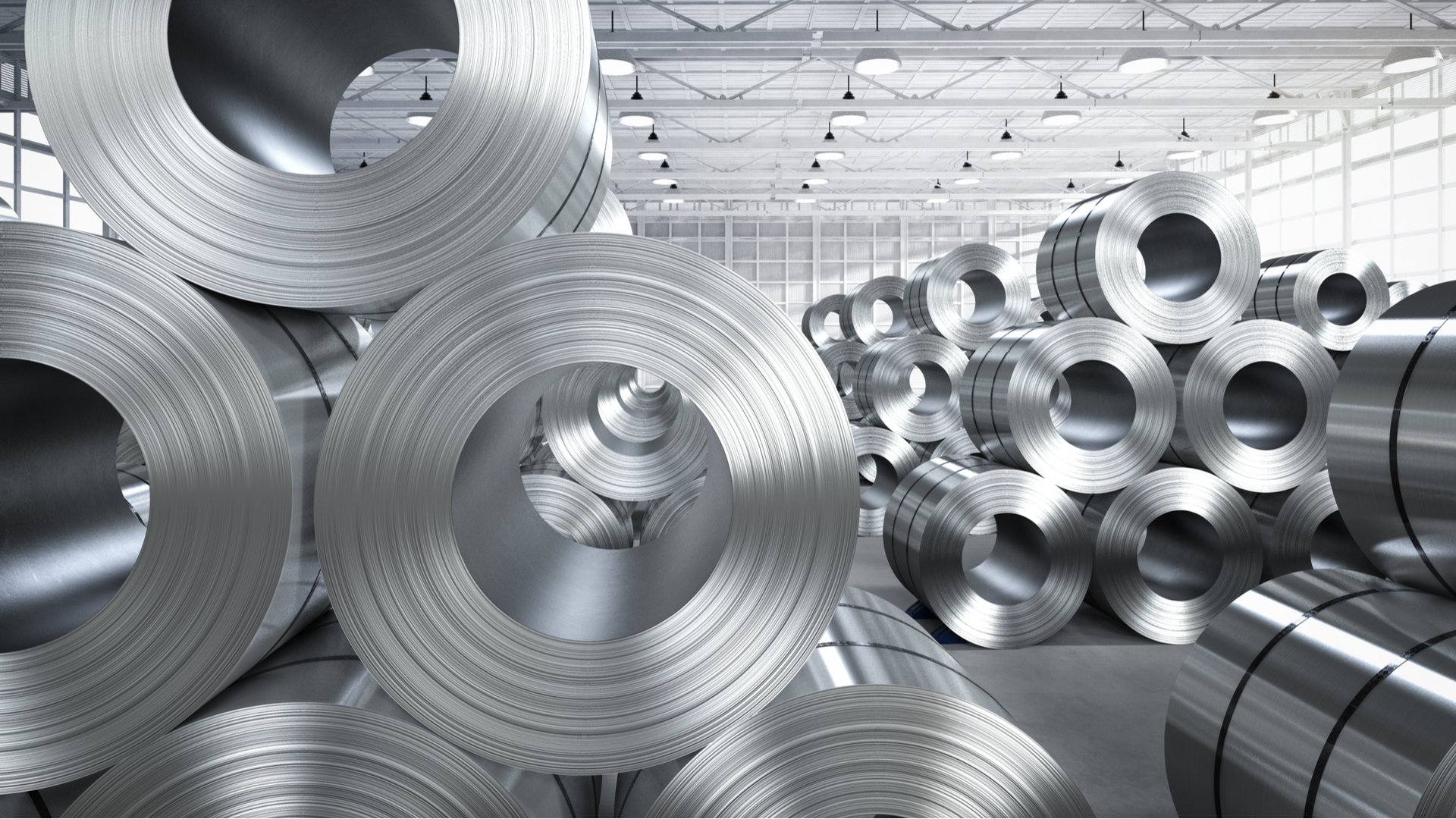Durable, hygienic, and recyclable; the three reasons why stainless steel never loses its demand. Aside from resistance to staining and corrosion, the majority of stainless steel applications are focused on making products that need a long life. From wristwatches to spaceships, the applications of stainless steel are limitless. The iconic Chrysler Building in New York, which is now more than 80 years old, is a great example of a long life of stainless steel.
By Swamini Kulkarni, Allied Market Research
Applications
Medical Sector
Stainless steel finds numerous applications in the medical sector for the manufacturing of clamps, surgical knives, spatulas blades, forceps, needle holders, and many more.
What’s more, a pacemaker that keeps the heart beating is made from stainless steel. Several hospital types of machinery such as EKG, ECG,
and stretchers are stainless steel-based.
Construction
The construction & building industry has been one of the major end users of stainless steel. For the construction of bridges and railways, stainless steel is widely used. The railway industry is based on the use of good quality stainless steel as it does not get corroded under strong weather conditions and during heavy rainfall
Aerospace
Aerospace applications also have a wide possibility of use for stainless steel. SpaceX announced to build a Starship prototype out of stainless steel alloy, 301. The engineers have been researching regarding which metallic blend to choose for the purpose and instead of carbon fiber, the company decided to choose stainless steel. According to the SpaceX Founder and CEO, carbon fiber costs $135 per kg, and around 35% of the material must be scrapped. Moreover, once the fabric is cut, it is no longer is usable. On the other hand, stainless steel costs around $3 per kg. Apart from the significant financial difference, the CEO proposes to use two stainless steel layers that are joined with stringers. In the sandwich layer, one can flow either fuel or water and have micro-perforations on the outside, which can bleed water or fuel.
3D Printing
The most uncommon use of stainless steel is in 3D printing. Researchers have used stainless steel sintering blends for rapid prototyping. The most popular stainless steel grade is 316L stainless steel, which has a high-temperature gradient and fast rate of solidification. It is observed that the 3D printed models manufactured using stainless steel have a more refined microstructure, which results in better mechanical properties


Sustainability of Stainless Steel
Apart from longevity, the recyclability of stainless steel makes it the most attractive metal. There are only a few metals on earth that can withstand recycling time and time again without damaging any of its core properties, and stainless steel passes all tests of 100% recyclability. While the world is riding the wave of sustainability, there are no other materials that compare. Today, stainless steel is regarded as a part of the answer to sustainable water challenges. The declining amount of drinking water is the most chronic crisis in front of people. A solution: turning seawater into drinkable water. For this, huge desalination plants must be constructed as seawater combined with high temperature creates a corrosive environment, which only stainless steel can survive. Thus, for all drylands on earth, stainless steel can become part of the water crisis solution and provide drinkable water for all.
Similarly, the production of fuels such as ethanol requires a huge amount of stainless steel. To construct a medium-sized bio-ethanol plant, around 2,000-3,000 tonnes of stainless steel is used as the pre-treatment involves the use of strong acids, which only stainless steel can resist. Thus, for meeting the ever-increasing demand for fuel and producing bio-ethanol, stainless steel is indispensable.
Having said that, stainless steel has now become another name for maintaining hygiene. Since its discovery, stainless steel has been widely used for domestic purposes. It is not only durable and tough but it’s exceptionally clean. In several clinical tests, stainless steel is found to be more hygienic than any other food contact surface. Now, researchers are focusing on how to improve the hygiene of stainless steel even further. Some experts believe that by enhancing the chrome to iron ratio, one can produce a more durable surface that is less prone to rusting and staining. Stainless steel is already a must-have for all kitchen counters but the improvements in it would unlock more opportunities in various industries surely.
The future of stainless steel industry is certainly bright with increase in innovations involving the material and surge in popularity of the material in manufacturing sustainable products.
About the Author
Swamini Kulkarni works for Allied Market Research and holds a bachelor’s degree in Instrumentation and control engineering from Pune University and works as a content writer at Allied Market Research. She is deeply fascinated by the impact of technology on human life and loves to talk about science and mythology.


